The Dead Zone: When rooftop supports aren’t specified
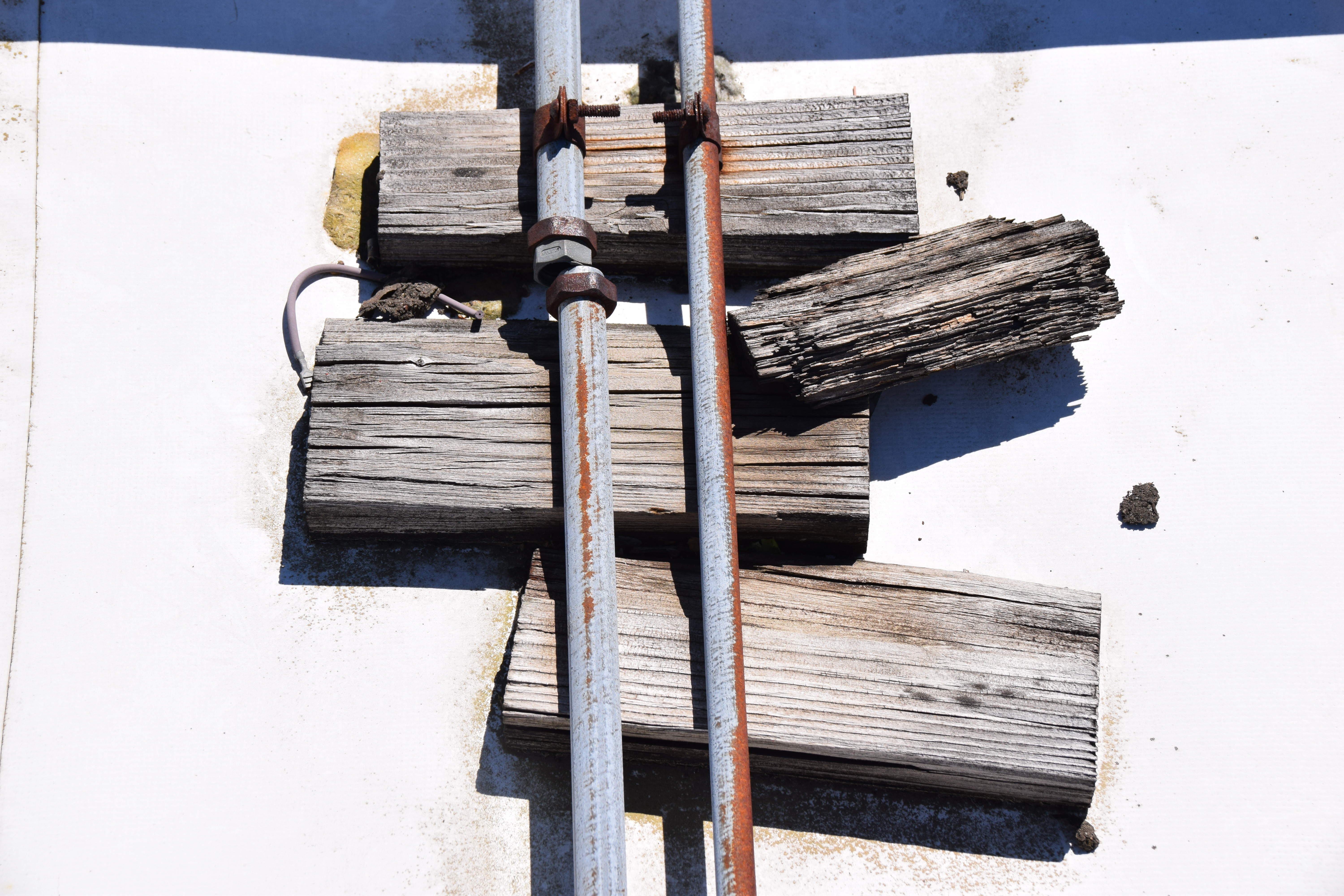
Because rooftop supports aren’t typically specified, they are often improvised.
A well-constructed commercial or industrial building must meet a host of specifications. The roof is no exception, and neither is rooftop mounted equipment, including pipes, conduit, HVAC/R units, solar arrays, etc. Yet between such equipment and the roof membrane is an area—an interface—where there is almost always no specification: the support system.
Because rooftop supports aren’t typically specified, they are often improvised. For decades, using wood sleepers have been a common approach—they are inexpensive and can be field-cut to fit. But wood sleepers rot in time and lose their integrity. They can cause air conditioning units to tilt and pipelines to sag.
Sometimes concrete blocks or bricks are used. The problem here is point loading. The weight of concrete creates depressions in the membrane, which can lead to water and ice build-up or tears which cause leaks.
Sometimes when doing a re-roof job, contractors will re-use the original wood blocks even though they have deteriorated. In other cases, contractors have been known to use whatever is handy. Some of the strange jury-rigged supports that have been spotted on roofs include broken pieces of concrete, milk jugs and even footballs.
These are extreme cases, to be sure, but they underscore the issue: supports are often an afterthought, an unspecified
“dead zone” that interfaces between two highly specified systems: the roof and equipment.
The decision over which rooftop supports to use often falls to two distinctly different trades—roofing contractors and HVAC contractors—who may grab whatever is handy in their trucks. This is where GreenLink Engineering has focused its resources. The development of the KnuckleHead line was aimed at creating an engineered support and attachment solution for rooftop installations. KnuckleHeads are lightweight, height adjustable, and are virtually weatherproof. They can be loose-laid or attached with mechanical fasteners and GreenLink Adhesive/Sealant, and each can support up to 600 pounds of weight. Five head designs are available to fit lite and heavy pipes, struts, pavers or solar arrays. KnuckleHeads are economical and are engineered to outlast the life of the roof.
KnuckleHeads address the specification dead zone: they protect the integrity of valuable roofing materials and equally valuable rooftop equipment.
Learn more at www.greenlinkengineering.com.
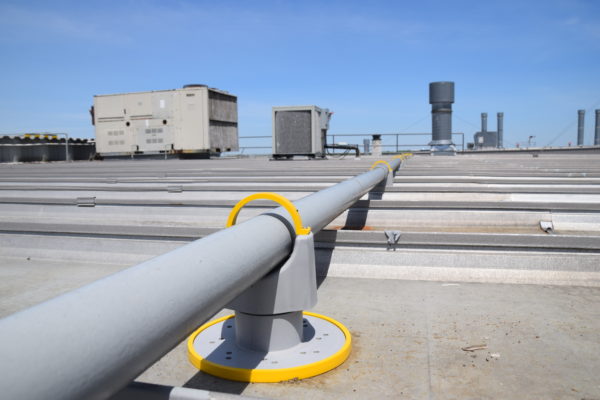
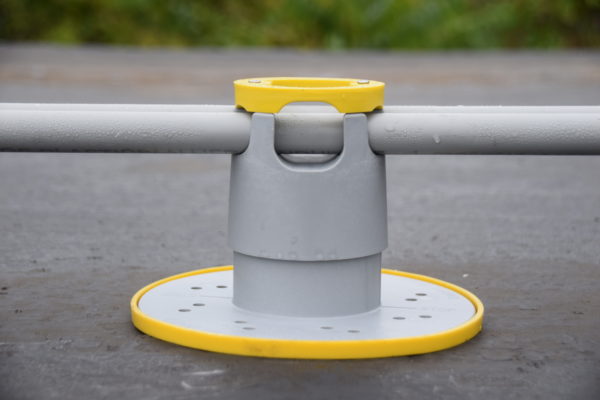
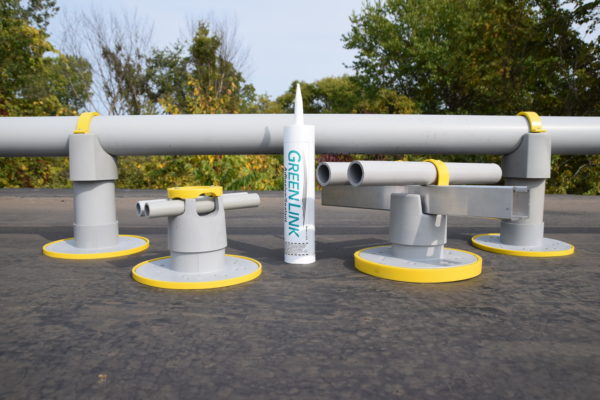
Recommended For You

The EDGE® helps estimators win more roofing bids during busy season
Read More ...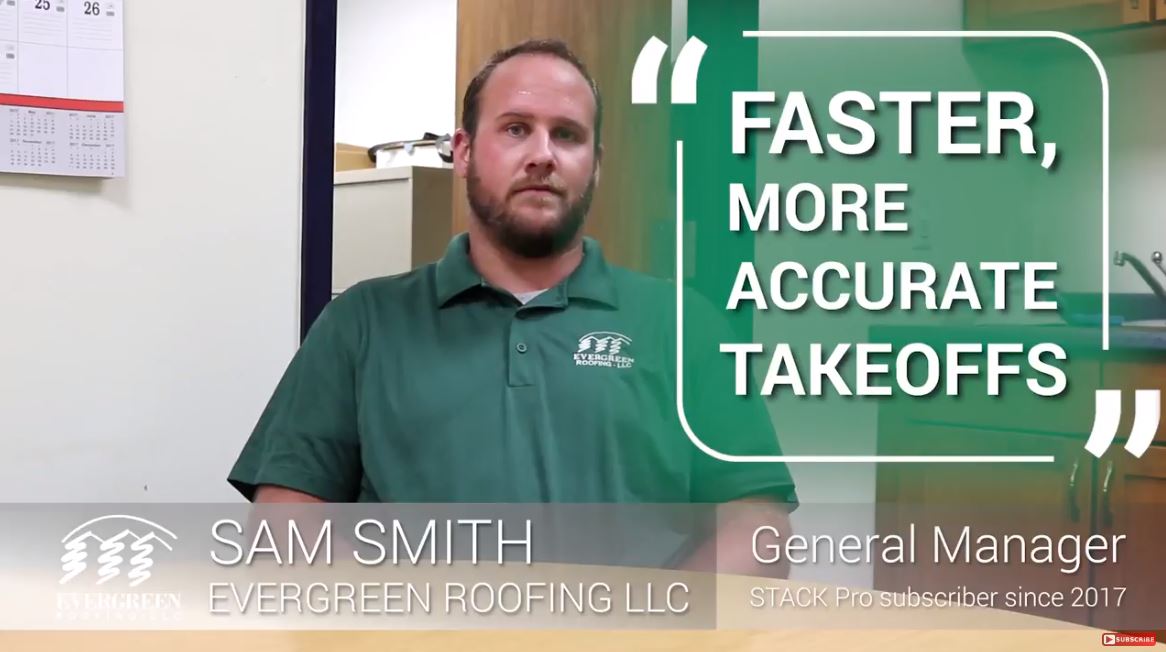
Hear from Sam Smith of Evergreen Roofing how STACK has helped him be more productive and save time.
Read More ...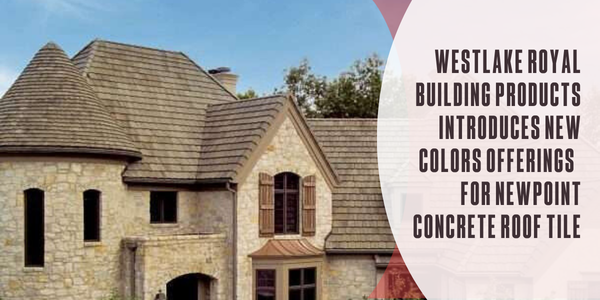
Westlake Royal Building Products™ introduces new colors offerings for Newpoint™ Concrete Roof Tile
Read More ...



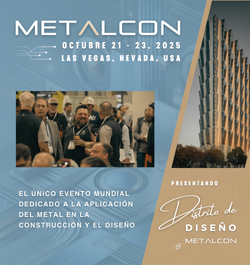
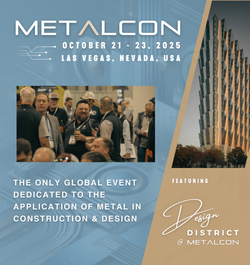








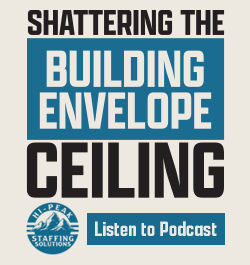
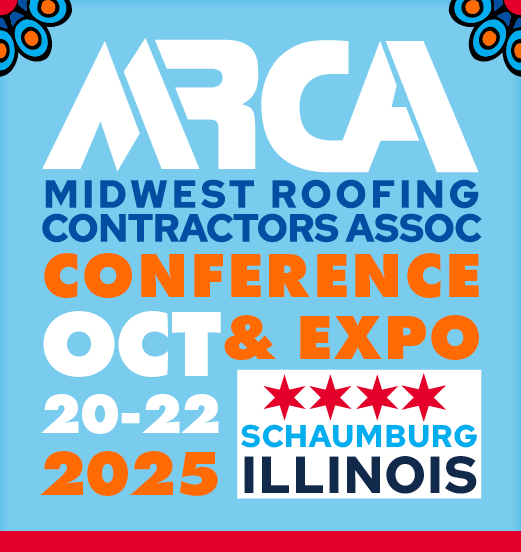


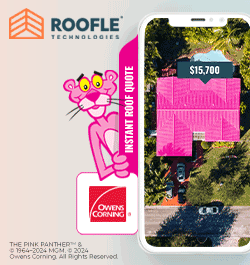
Comments
Leave a Reply
Have an account? Login to leave a comment!
Sign In